MQA
Let’s talk about MQA for a bit. I think everybody knows about the MQA now. It is quite popular among audiophiles; some love it, some hate it. If you want to use it with the BTR15 on a Windows PC, you will need to download and install drivers from FiiO for full utilization of the device. If you’re a MAC user, you don’t have to install any drivers. The OLED display will let you know when the device fully utilizes MQA. For mobile usage, Apple devices automatically utilize bit-perfect audio, as for Android users, it is a bit more controversial than that. During my tests, I found out that it does not deactivate the Android resampling process and does not offer me a bit-perfect playback without UAPP. This may change from device to device and Android version to version. The UAPP application lets me use the device in bit-perfect mode, and it can play DSD256 files without any issues. It also allows me to use MQA with Tidal without any stutter.
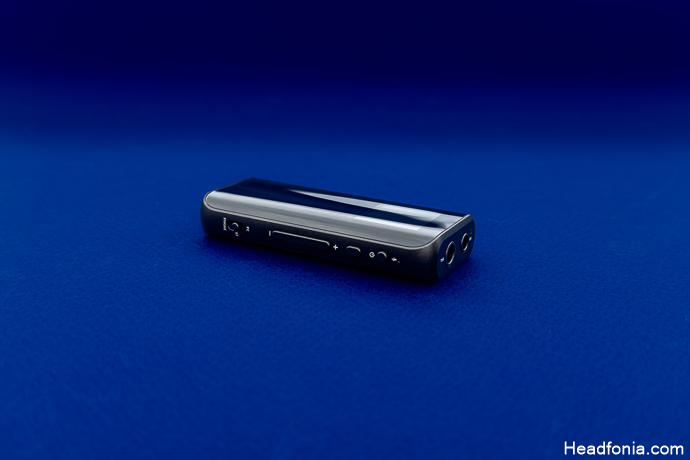
Battery
The BTR15 features a 550 mAh battery inside its thin chassis. FiiO states that it can be used for up to 8 hours. Of course, that is the SBC codec estimation. I did my own test, and it took 6 hours for me to deplete BTR15’s battery with continuous LDAC playback and meddling with the settings. The battery life is satisfactory, in my opinion, for the sound quality and ease-of-use it provides. The runtime should be enough for active, on-the-go days. Note that the full re-charge takes around 1h to 1.5h via the USB-C port. The BTR15 does not feature the Qi-Wireless Charging feature that was introduced with the BTR7 last year.
Lastly, the BTR15 comes with an omnidirectional mic just above the power button. It is safe to say that it does a good job of both blocking the ambient noise and picking up your voice. I have conducted several tests, and FiiO did a good job of picking up my voice through the chatter. Note that you need to hold the device close to your mouth while speaking in crowded places for the best experience.
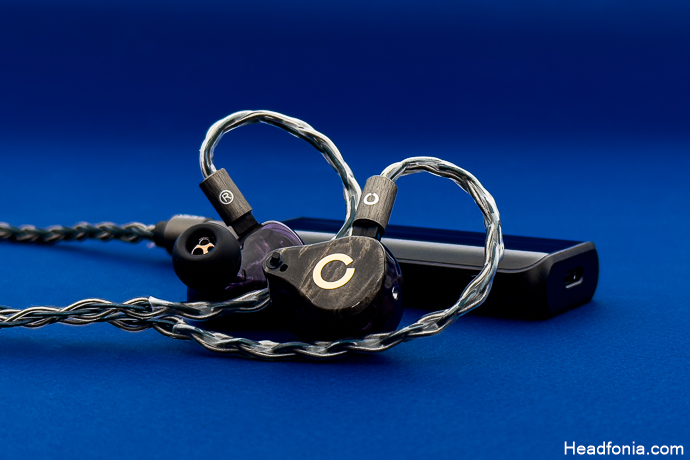
Comparative Sound & Performance
The sound signature of the BTR15 is about the same as the BTR5 2021. Just like the BTR5 2021, the BTR15 features a fairly balanced signature with slight hints of warmth across the spectrum. However, there are differences when it comes to technical capability. To my ears, the BTR15 sounds slightly cleaner, with slightly faster bass, more expansive highs, and a more spacious overall presentation. Compared to BTR7, it is more linear, especially in the bass region. The BTR7 has a discernible emphasis on the bass and midbass that increases the warmth of the presentation. The BTR15 is more neutral in this regard, with no discernible emphasis. However, compared to the BTR5, the BTR15 feels more airy and spacious, with enhanced resolution and clarity across the upper mid to treble regions.
BTR5 2021’s MSRP was 119 USD. FiiO managed to cut ten bucks for the BTR15, and the fact that the pricing stayed pretty much the same with increased performance and overall capability makes this device a steal.
Just like the BTR5 2021, the BTR15 does not significantly saturate the sound signature of your IEMs; therefore, it gives you a chance to enjoy freedom with your favorite IEMs without changing the core of their signatures, even more so than the BTR7 and the BTR5. I believe this is one of the best devices for an introduction to the audiophile hobby and also to audiophiles who are not happy with the TWS earphones on the market or just want to use their favorite wired IEMs on-the-go.
Looking at the individual bands, the bass of the BTR15 is neutral, fast, and precise. It offers slightly improved punch and dynamics compared to the BTR5. However, the BTR7 offers a slightly more rounded and more bass quantity. The difference is somewhat minimal, and I find BTR15 better as it reflects the pairing more as-is, compared to the BTR7. The bass resolution and texture are quite good for the price, especially for a wireless unit. This is one of the most fun reviews I’ve written in a while.
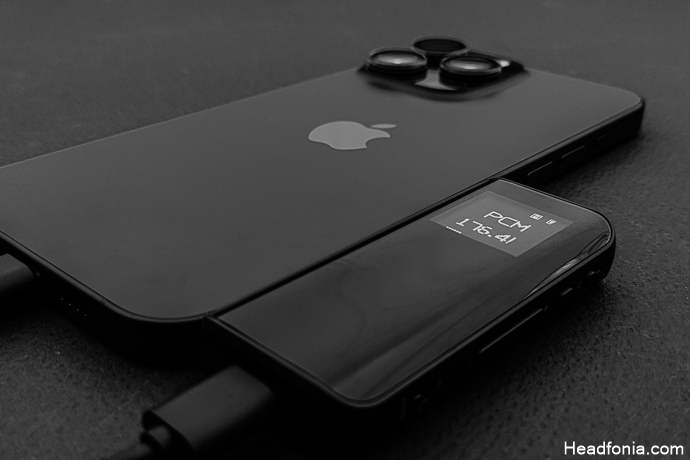
As for the midrange, the BTR15 is clean, articulate, and resolving. Yes, I, too, am surprised to utter these words for a device that is merely a hundred bucks, but I try to convey what I hear as transparently as possible to the best of my ability. What is impressive here is the enhanced upper midrange, which sounds slightly more expansive and clean compared to the BTR7 and the BTR5. I really like the midrange reproduction of the BTR15. I also find the BTR5 good here, but the increased resolution of the BTR15 is a welcome addition. At times, I found the BTR5 2021’s soundstage a little too linear, especially when there are a lot of instruments playing at the same time. The BTR15 offers better performance here; also, the layering is improved, and now the congestion is less of an issue. I also think that they managed to improve the PRaT of the device.

The increased performance does not stop here, as I think the treble of the device is slightly more crispy and has slightly more presence without any sharpness. The highs feel neutral, airy, and open, which is very impressive for a device in this price bracket. I will re-phrase what I said about the BTR5 2021 with the BTR15 here; the fact that I didn’t feel that it was limiting my higher-end IEMs is concrete proof to me that FiiO has done a good job with this product.
Going fully wired with UAPP’s bit-perfect utilization with an Android phone or using Qobuz hi-res wired streaming via iPhone 15 Pro Max results in enhanced technical capability, better instrument positioning and slightly higher overall resolution. That being said, the difference between wired and wireless is even less of an issue compared to the BTR7 and the BTR5-2021. However, I stand by what I said about the wired performance in the BTR5’s review. “Is it a groundbreaking difference? No, I don’t think so. If you’re buying this device to use it wired only, don’t. There are many alternatives available on the market for that. This device sounds almost as good over Bluetooth, and I don’t think you should really worry about that. It definitely does not feel like a night-and-day difference for me, but of course, having a single device that does it all is nice. After all, it is all about needs and wants.”
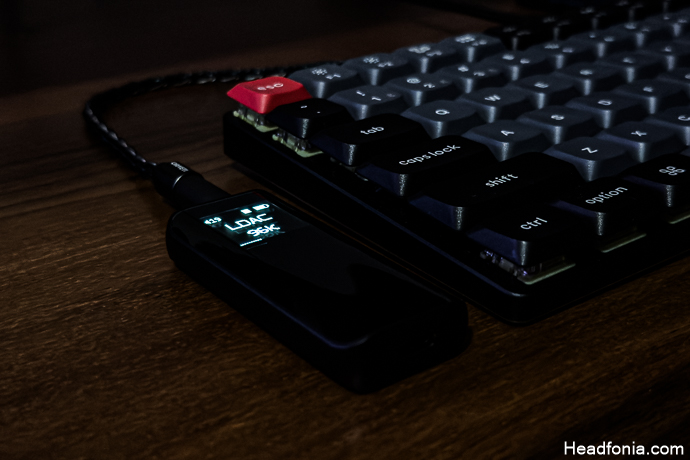
Last Words
To conclude our review of the FiiO BTR15, its core attributes stand out: solid sound quality, a great feature set, and an excellent design, all at accessible pricing. This is an example of value for money that is hard to ignore in my book.
Beyond aesthetics and performance, the BTR15 has features that appeal to a wide range of users, from its wireless and wired capabilities to its convenient car mode and app-based customization options.
For those looking for quality audio on the move without a hefty price tag, the BTR15 is solid proof of FiiO’s years of Bluetooth know-how. FiiO has once again raised the bar, offering a device that not only meets but exceeds expectations. FiiO BTR15 will replace FiiO BTR5 2021 on our list of best wireless gear recommendations!

Page 1: FiiO, BTR15, Packaging & Accessories, Design & Build Quality, Amplitude & Chipset, Features & Control
Page 2: MQA, Battery, Comparative Sound & Performance, Last Words





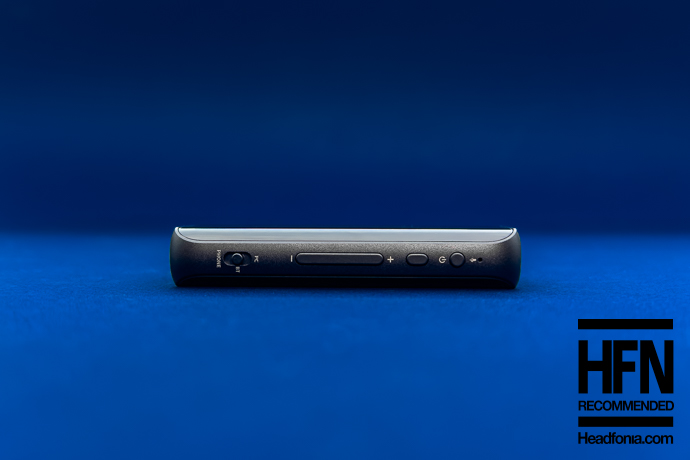
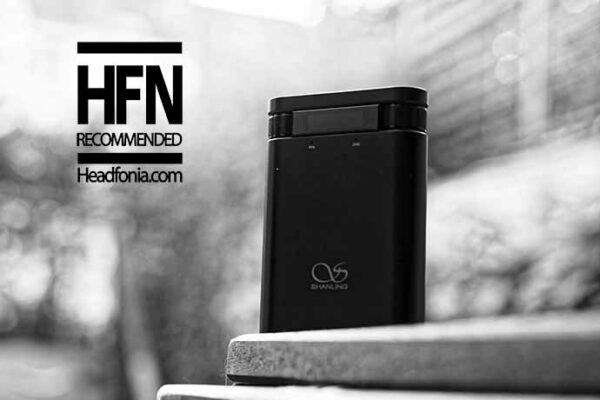
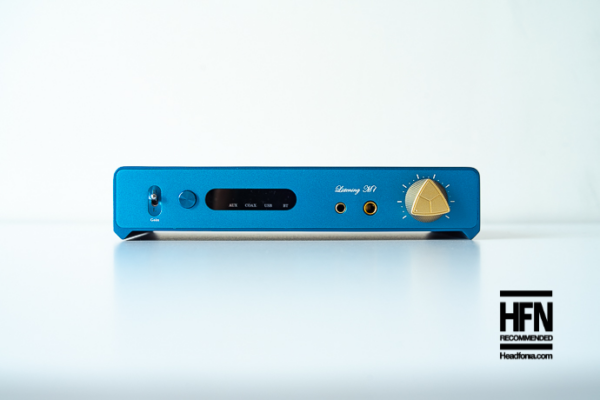
Michael Gunin
Thanks a lot for reviewing! Speaking of BTR7, do you think it still has a better overall SQ compared to BTR15, or it’s just the tonality that is different?